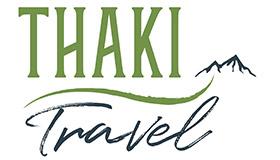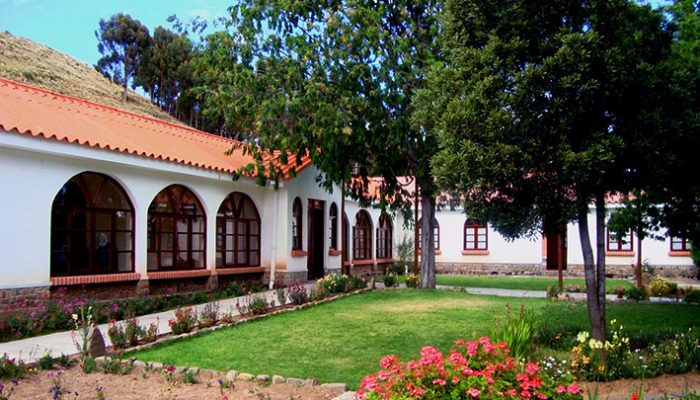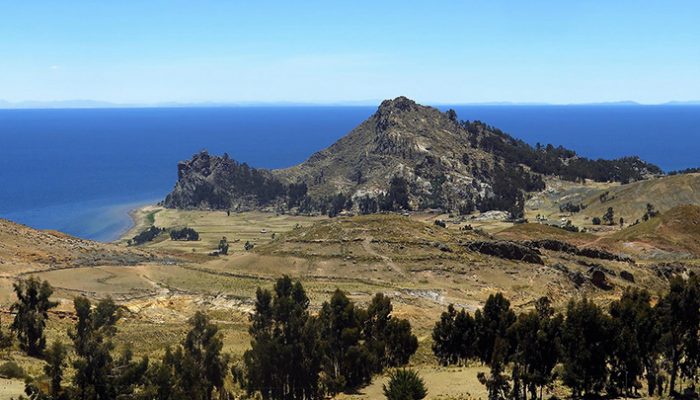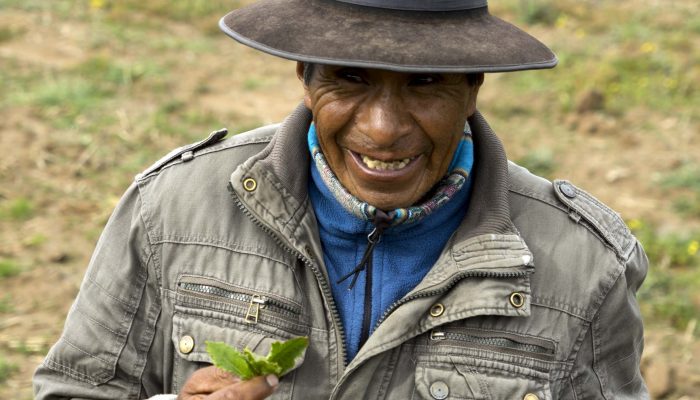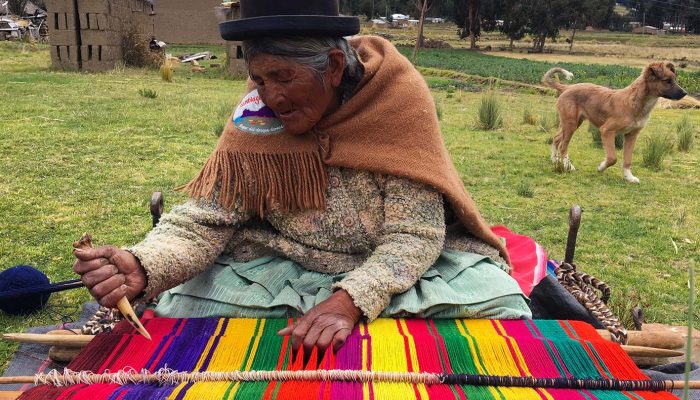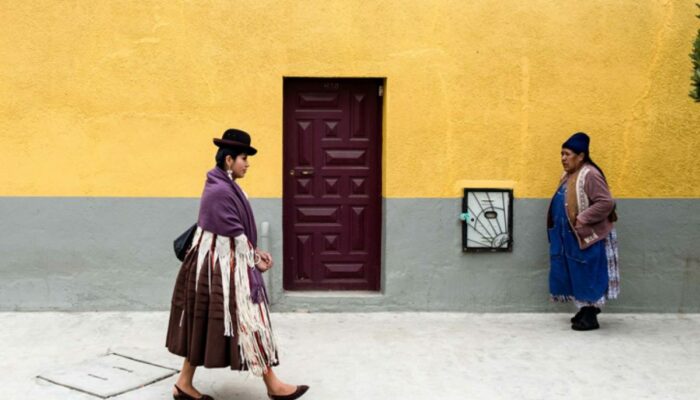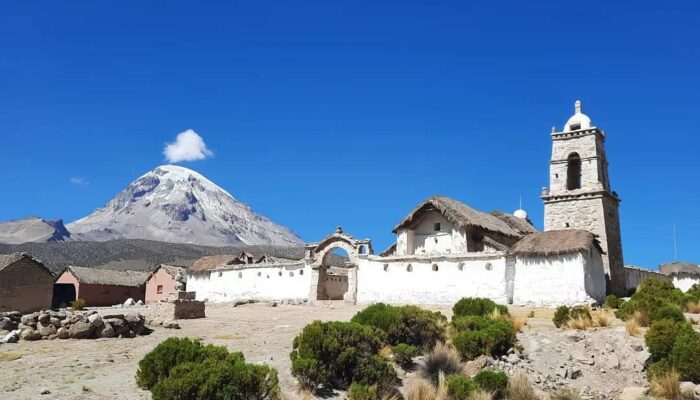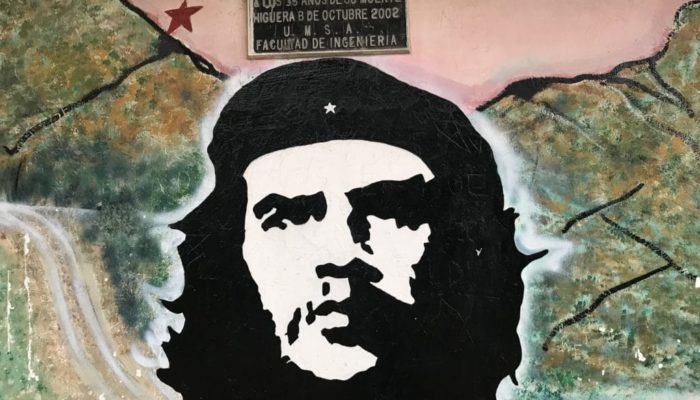For several months now, the famous Isla del Sol has been losing its tourist appeal due to a conflict between the communities of the Isla del Sol. The beautiful and highly-regarded hike, the “Sacred Route of the Eternity of the Sun”, which crosses the island via the ridges and offers the most beautiful panoramas of Lake Titicaca, is unfortunately no longer accessible. Faced with the disappointment of many travellers, the Thaki team set out to meet other communities on the lake to discover new alternatives.
The villages of Chuquiñapi and Santiago de Okola are 60km from Copacabana and 110km and 140km respectively from La Paz. We spent 3 fantastic days in contact with these 2 very endearing communities, where we learned a lot about life on Lake Titicaca.
Day 1: La Paz – Chuquiñapi – Isla Sunata:
Departure from La Paz at 9.00 am, heading for Chuquiñapi, a small village 9km from its better-known neighbour, Santiago de Huata.A 3-hour drive takes us to a former monastery, the Casa de retiro “Jose Ferrari”, where we begin our stay. This little house on the edge of the lake, with views of the Cordillera Royale, automatically plunges you into incomparable tranquillity and serenity.
You’ll feel a unique contact with nature, enjoy the magic of Lake Titicaca and relax in this house where you’ll immediately feel at home: colonial style, a well-kept flower garden, simple but comfortable rooms, delicious meals and exceptional service.
The Casa de Retiro is the result of an ambitious community project initiated by the Italian priest Leonardo Giannelli, who wanted to involve the young people of the village to avoid migration to the towns.
After an excellent lunch, we set off for Isla Sunata, a 30-minute drive to the south of Chuquiñapi, where we embark on a lovely 3-hour walk along the lake to reach the monastery. Isla Sunata will surprise you with its shape, giving the impression of almost being an island. Depending on the season and water level, you may have to cross the lake on foot to reach it, wetting your calves. This is known as “the passage of Moses”.
Back at the monastery at around 5 p.m., we prepare to watch the sun set over the lake over an aperitif, then enjoy a delicious dinner before returning to our rooms.
Day 2: Catamaran – Santiago de Okola – Isla de la Tortuga
Departure at 8.30 am for the pretty bay where the Catamaran awaits us, built and maintained by the young people of the village, a project of the same parish priest Leonardo with the help of Italian shipbuilding engineers. The serenity of the place is felt even more when you find yourself in the middle of the blue expanse of the lake, rocked by the sails, surrounded by mountains. Sailing on the highest lake in the world at an altitude of 3800m is an unusual experience that we won’t soon forget.
We then return to the monastery for a final lunch, before a 2-hour drive to Santiago de Okola.
The village of Santiago de Okola, situated between Achacachi and Carabuco, on the road leading to the Apolobamba mountain range, is nestled in a splendid bay dominated by a hill called the Sleeping Dragon.
As soon as we arrived, we met Don Tomas, who was in charge of our stay and activities in the village. He introduces us to our respective host families, who settle us into our rooms.
At around 3.30pm, we head off to Turtle Island for a 2-hour walk along the lake. Turtle Island offers a breathtaking view of the lake and the isla de sol opposite. We can also see the Dragon Dormido, on the other side of the village, which we will discover the next day. The crystal-clear water all around us made us forget the sad contamination of the lake and made us want to go for a swim. Don Tomas, who accompanies us on this walk, takes us on a journey, telling us all about the local legends.
Back in the village, we split up to join our respective families, who invited us to their table for dinner. It was a fantastic, heartfelt moment of sharing!
Day 3: Dragon Dormido – Weaving workshop – La Paz
Departure at 8.00 am with Don Juan, one of the village hosts, to explore the Dragon Dormido. On the way, we pass by the village’s organic farming fields: 250 varieties are grown, including 85 varieties of potato, as well as quinoa, beans, onions, wheat and more. A little further on, we discover the medicinal plants that treat all kinds of ailments (stomach, head, fractures, breathing, altitude, coughs, arthritis, etc.).
An hour later, we set off on the Sleeping Dragon hike, which lasts around 2 hours. We start by observing the cave paintings on the rocks at the foot of the dragon’s head. Once at the summit (4050m), the view over the lake and the village is magnificent. The higher up, the better you can see the agricultural fields, which are so well defined.
We reach a cave, where we pause to listen to the story of the legend of Tunupa (after which the volcano near Uyuni is named). The view from the cave is even more beautiful, and you get the impression that if you let yourself slide, you’ll end up in the water.
Back in the village, we join Doña Regina for a weaving demonstration. On the face of it, the exercise looks easy, but as soon as you get down to it, you realise just how difficult and dexterous it is. It will take her 4 days to finish this blanket, which we quickly recognise because we slept with a similar one the night before.
After the workshop, a final big lunch awaits us before we hit the road for La Paz: the famous Apthapi, typically Bolivian. Imagine all the families in the village pooling everything they have in their kitchens, giving us the chance to discover a number of Andean culinary specialities, mainly maize, potatoes and quinoa-based products, and to share a rich and convivial moment.
